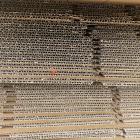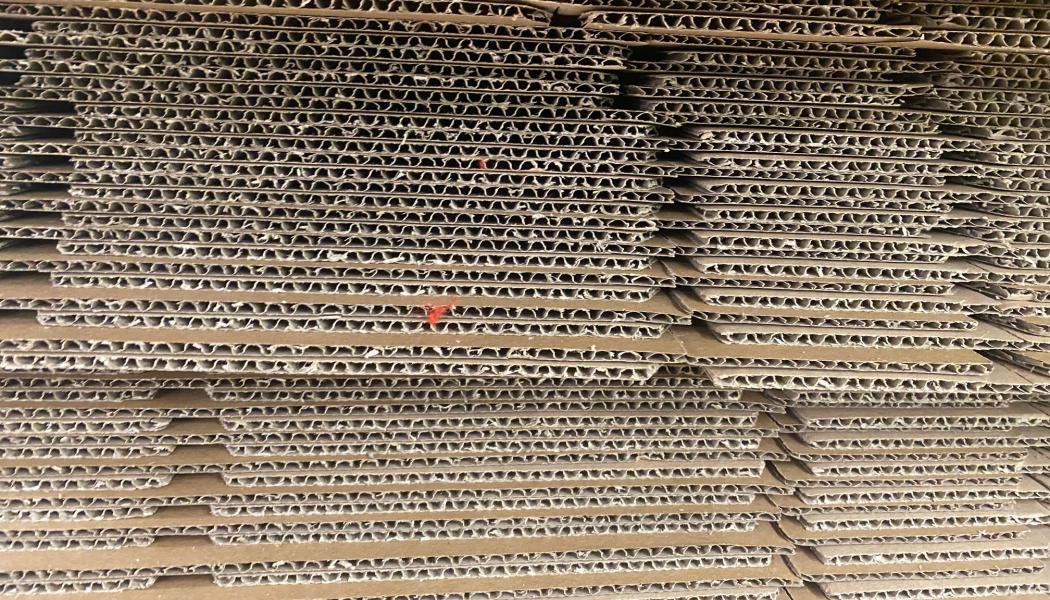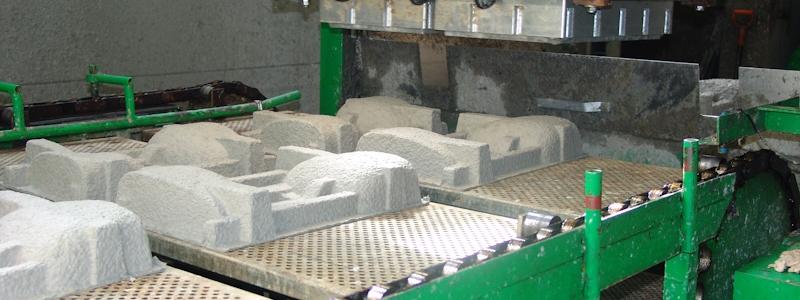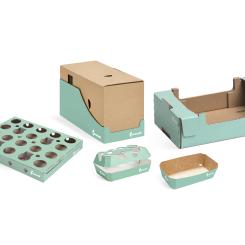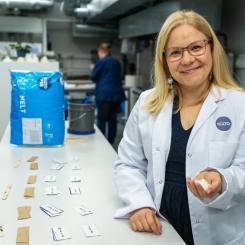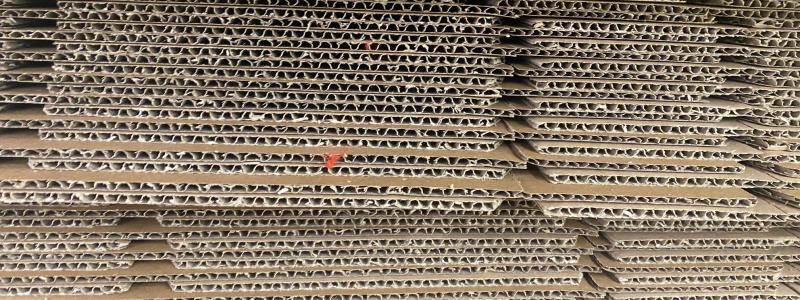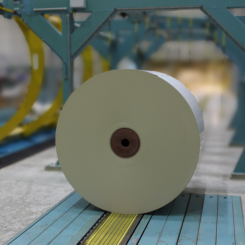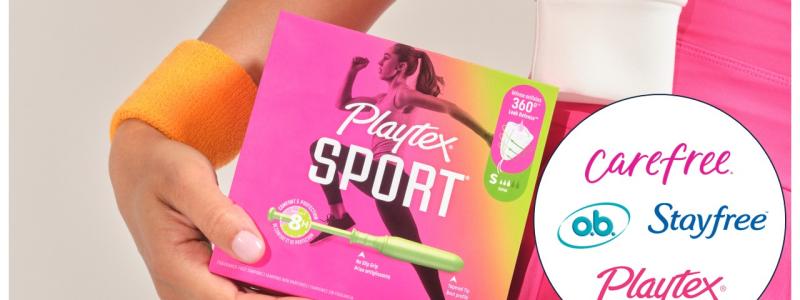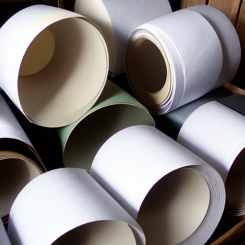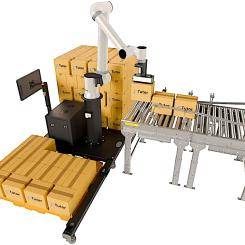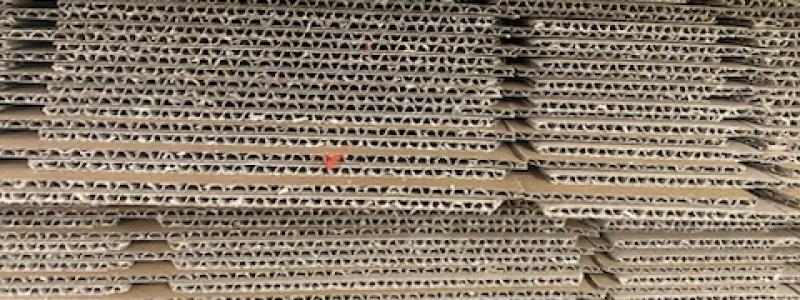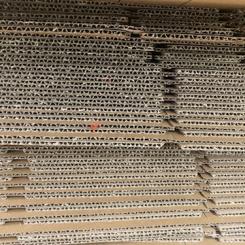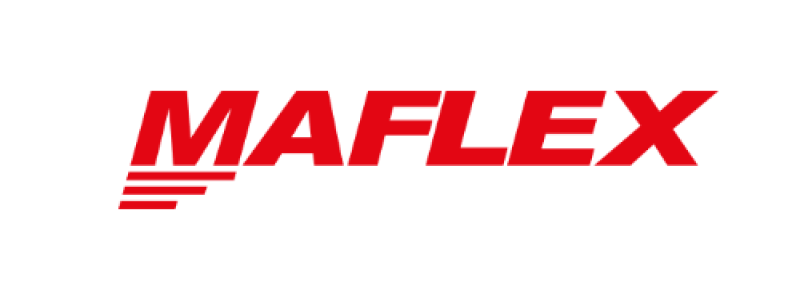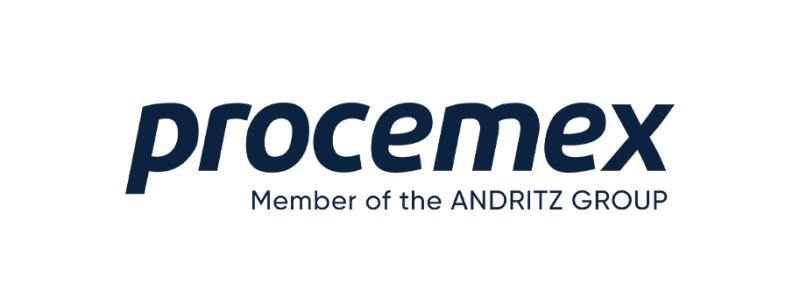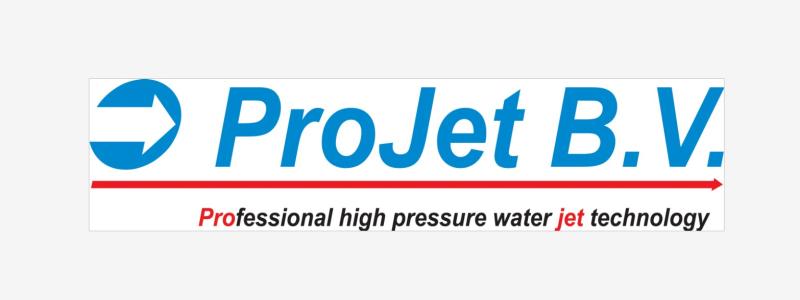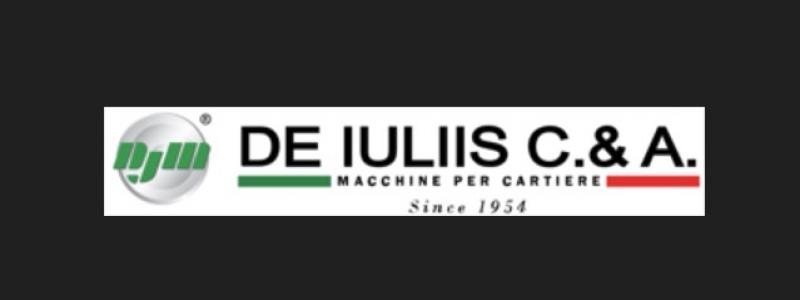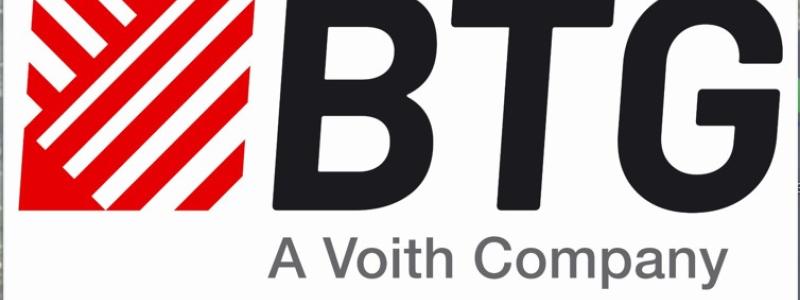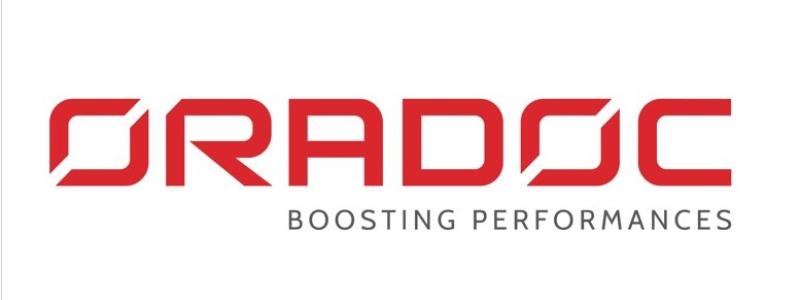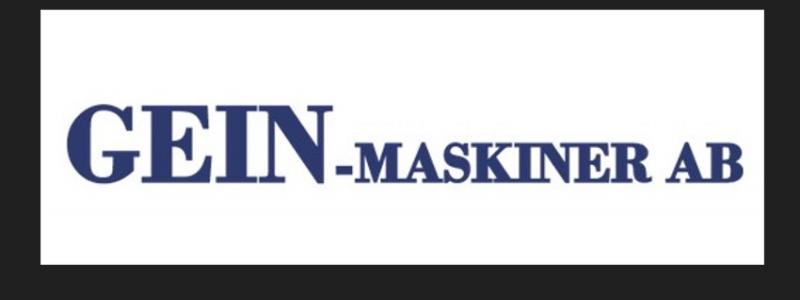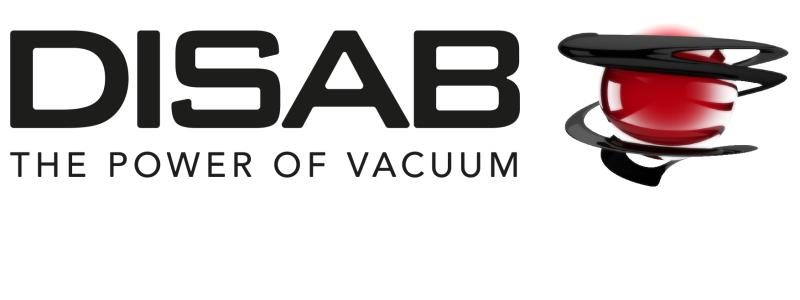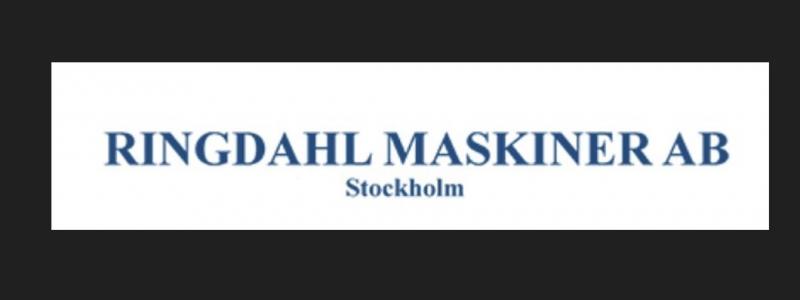The Corrugated Packaging Alliance (CPA) has released a new comparative life cycle assessment (LCA) of corrugated packaging versus reusable plastic containers (RPCs). The study reveals significant environmental differences between packaging systems. The research by Anthesis Group, an independent sustainability consultant, found:
- Corrugated outperforms RPCs in four of the eight environmental impact categories measured. Most notably, corrugated shows 57 to 110 percent better performance in global warming, respiratory health, and non-renewable energy use.
- The study confirms previous research findings that neither packaging type yields a significant environmental advantage across all categories. RPCs do show advantages in areas such as water use and acidification.
- Container weight significantly affects sustainability performance and cost-effectiveness. RPCs weigh up to four times more than corrugated, which increases freight costs and greenhouse gas emissions.
- Transportation impacts both systems, but corrugated has an edge. Local sourcing and shorter supply chains reduce emissions and costs while increasing the number of pallets per truckload.
“Corrugated packaging doesn’t just deliver environmental benefits, it drives efficiency, reduces costs, and supports more sustainable supply chains,” said Bob McIlvaine, President of the Fibre Box Association an Executive Director of the Corrugated Packaging Alliance. “These advantages may be to our members’ customers—retailers, grocers, and e-commerce companies combined to reduce emissions, streamlining logistics, and achieving sustainability goals. The data confirms corrugated as a smart, responsible choice for performance-driven businesses.”
In recent years, consumers have become increasingly aware of the need to reduce the environmental impact of packaging. In response, retailers and consumer packaged goods companies are turning to life cycle assessments to quantify impactsand guide improvements. While both packaging systems have room for improvement in sustainability, the corrugated industry continues to make measurable progress. A 2020 LCA revealed the sector has reduced its environmental footprint by cutting ozone depletion by 13 percent, water use by 18 percent, acidification by 41 percent, and smog formation by 44 percent.
"The U.S. pulp and paper industry has a long track record of responsible resource use, circular systems, and fiber innovation," said Heidi Brock, AF&PA President and CEO. "Through our voluntary industry sustainability initiative, Better Practices, Better Planet 2030, we are furthering efforts to strengthen this vital U.S. manufacturing sector that supports the more than 925,000 people who produce the essential paper and packaging products Americans use every day."
The LCA compares the cradle-to-grave circular life cycle of an average corrugated cardboard box to that of RPCs based upon publicly available information. The research adheres to ISO 14040/14044 international standards for life cycle assessment, ensuring scientific rigor and transparency. Additionally, an independent external review by Alan Engineering validated the study to ensure it meets all requirements for public environmental claims.
The Corrugated Packaging Alliance (CPA) is a joint initiative of the corrugated industry, sponsored by the American Forest & Paper Association (AF&PA), AICC – The Independent Packaging Association, Fibre Box Association (FBA), and TAPPI.


